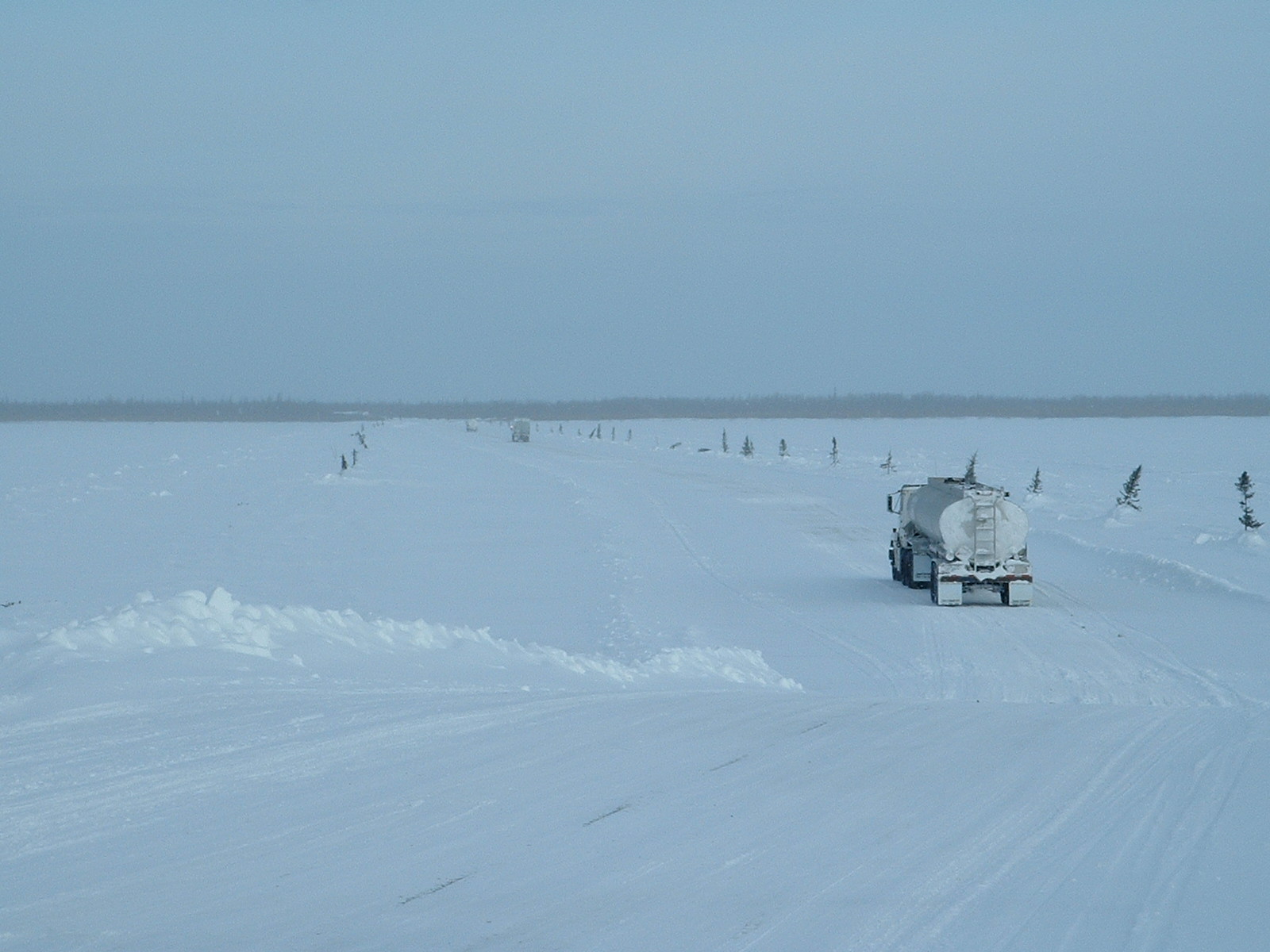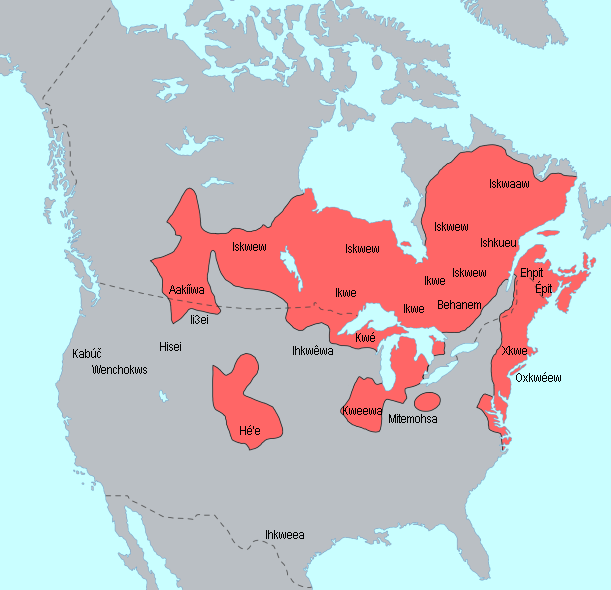|
Fort Severn 89, Ontario
Fort Severn First Nation () is a Western Swampy Cree First Nation band government located on the Severn River near Hudson Bay. It is the northernmost community in Ontario, Canada. In 2001, the population was 401, consisting of 90 families in an area of 40 square kilometres. The legal name of the reserve is Fort Severn 89, with the main settlement of Fort Severn (; ). The town is linked by a winter/ice road called the Wapusk Trail during the winter to Peawanuck, Ontario, in the east, and Shamattawa and Gillam, Manitoba, to the west. Fort Severn is policed by the Nishnawbe-Aski Police Service, an Indigenous-based service. History This area was inhabited for thousands of years by varying cultures of indigenous peoples. At the time of European contact, the historic Swampy Cree, an Algonquian-speaking people, lived in the area. In 1689 the Hudson's Bay Company built Fort Severn at this site, originally naming it Fort James; it was one of the earliest English fur trading p ... [...More Info...] [...Related Items...] OR: [Wikipedia] [Google] [Baidu] |
Swampy Cree
The Swampy Cree people, also known by their Exonym and endonym, autonyms ''Néhinaw'', ''Maskiki Wi Iniwak'', ''Mushkekowuk,'' ''Maškékowak, Maskegon'' or ''Maskekon'' (and therefore also ''Muskegon'' and ''Muskegoes'') or by exonyms including ''West Main Cree,'' ''Lowland Cree'', and ''Homeguard Cree'', are a division of the Cree Nation occupying lands located in northern Manitoba, along the Saskatchewan River in northeastern Saskatchewan, along the shores of Hudson Bay and adjoining interior lands south and west as well as territories along the shores of Hudson and James Bay in Ontario. They are geographically and to some extent culturally split into two main groupings, and therefore speak two dialects of the Swampy Cree language, which is an "n-dialect": * Western Swampy Cree called themselves: ''Mushkego'', ''Mushkegowuk'' (or ''Maškēkowak''), also called ''Lowland (Half-Homeguard) Cree'', speak the western dialect of the Swampy Cree language, while the ''s''/''š'' dist ... [...More Info...] [...Related Items...] OR: [Wikipedia] [Google] [Baidu] |
Winter Road
A winter road is a seasonal road only usable during the winter, i.e. it has to be re-built every year. This road typically runs over land and over frozen lakes, rivers, swamps, and sea ice. Segments of a winter road that cross an expanse of floating ice are also referred to as an ice road or an ice bridge. The foundations underlying over-land segments is most often native soil or muskeg frozen to a given depth, and locally, bedrock. These surfaces may either be bare or are overlain, as is most commonly the case, with a snow cover. Over-ice segments of winter roads are often referred to as ice crossings, ice bridges or, simply, ice roads. The weight of the vehicle is supported by the buoyancy of the floating ice and by its resistance to flexure. Where a winter road is built mostly on floating ice, the occasional land crossings are called "portages" – the Tibbitt to Contwoyto Winter Road is an example. Winter roads facilitate transportation during the winter to, from and ... [...More Info...] [...Related Items...] OR: [Wikipedia] [Google] [Baidu] |
New World
The term "New World" is used to describe the majority of lands of Earth's Western Hemisphere, particularly the Americas, and sometimes Oceania."America." ''The Oxford Companion to the English Language'' (). McArthur, Tom, ed., 1992. New York: Oxford University Press, p. 33: "[16c: from the feminine of ''Americus'', the Latinized first name of the explorer Amerigo Vespucci (1454–1512). The name ''America'' first appeared on a map in 1507 by the German cartographer Martin Waldseemüller, referring to the area now called Brazil]. Since the 16th century, the term "New World" has been used to describe the Western Hemisphere, often referred to as the Americas. Since the 18th century, it has come to represent the United States, which was initially colonial British America until it established independence following the American Revolutionary War. The second sense is now primary in English: ... However, the term is open to uncertainties: ..." The term arose in the early 16th ... [...More Info...] [...Related Items...] OR: [Wikipedia] [Google] [Baidu] |
Fur Trade
The fur trade is a worldwide industry dealing in the acquisition and sale of animal fur. Since the establishment of a world fur market in the early modern period, furs of boreal ecosystem, boreal, polar and cold temperate mammalian animals have been the most valued. Historically the trade stimulated the exploration and colonization of Siberia, northern North America, and the South Shetland Islands, South Shetland and South Sandwich Islands. Today the importance of the fur trade has diminished; it is based on pelts produced at fur farms and regulated fur-bearer trapping, but has become controversial. Animal rights organizations oppose the fur trade, citing that animals are brutally killed and sometimes skinned alive. Fur has been replaced in some clothing by synthetic fiber, synthetic imitations, for example, as in ruffs on hoods of parkas. Continental fur trade Russian fur trade Before the European colonization of the Americas, Russia was a major supplier of fur pelts to W ... [...More Info...] [...Related Items...] OR: [Wikipedia] [Google] [Baidu] |
English People
The English people are an ethnic group and nation native to England, who speak the English language in England, English language, a West Germanic languages, West Germanic language, and share a common ancestry, history, and culture. The English identity began with the History of Anglo-Saxon England, Anglo-Saxons, when they were known as the , meaning "Angle kin" or "English people". Their ethnonym is derived from the Angles (tribe), Angles, one of the Germanic peoples who invaded Great Britain, Britain around the 5th century AD. The English largely descend from two main historical population groups: the West Germanic tribes, including the Angles, Saxons, and Jutes who settled in England and Wales, Southern Britain following the withdrawal of the Ancient Rome, Romans, and the Romano-British culture, partially Romanised Celtic Britons who already lived there.Martiniano, R., Caffell, A., Holst, M. et al. "Genomic signals of migration and continuity in Britain before the Anglo-Sa ... [...More Info...] [...Related Items...] OR: [Wikipedia] [Google] [Baidu] |
Hudson's Bay Company
The Hudson's Bay Company (HBC), originally the Governor and Company of Adventurers of England Trading Into Hudson’s Bay, is a Canadian holding company of department stores, and the oldest corporation in North America. It was the owner of the namesake Hudson's Bay (department store), Hudson's Bay department stores (colloquially The Bay), and also owns or manages approximately of gross leasable real estate through its HBC Properties and Investments business unit. HBC previously owned the full-line Saks Fifth Avenue and off-price Saks Off 5th in the United States, which were spun-off into the Saks Global holding company in 2024. After incorporation by royal charter issued in 1670 by Charles II of England, King Charles II, the company was granted a right of "sole trade and commerce" over an expansive area of land known as Rupert's Land, comprising much of the Hudson Bay drainage basin. This right gave the company a monopoly, commercial monopoly over that area. The HBC functioned ... [...More Info...] [...Related Items...] OR: [Wikipedia] [Google] [Baidu] |
Algonquian Languages
The Algonquian languages ( ; also Algonkian) are a family of Indigenous languages of the Americas and most of the languages in the Algic language family are included in the group. The name of the Algonquian language family is distinguished from the orthographically similar Algonquin dialect of the Indigenous Ojibwe language (Chippewa), which is a senior member of the Algonquian language family. The term ''Algonquin'' has been suggested to derive from the Maliseet word (), meaning 'they are our relatives/allies'. Speakers of Algonquian languages stretch from the east coast of North America to the Rocky Mountains. The proto-language from which all of the languages of the family descend, Proto-Algonquian, was spoken around 2,500 to 3,000 years ago. There is no scholarly consensus about where this language was spoken. Family division This subfamily of around 30 languages is divided into three groups according to geography: Plains, Central, and Eastern Algonquian. Of t ... [...More Info...] [...Related Items...] OR: [Wikipedia] [Google] [Baidu] |
Indigenous Peoples
There is no generally accepted definition of Indigenous peoples, although in the 21st century the focus has been on self-identification, cultural difference from other groups in a state, a special relationship with their traditional territory, and an experience of subjugation and discrimination under a dominant cultural model. Estimates of the population of Indigenous peoples range from 250 million to 600 million. There are some 5,000 distinct Indigenous peoples spread across every inhabited climate zone and inhabited continent of the world. Most Indigenous peoples are in a minority in the state or traditional territory they inhabit and have experienced domination by other groups, especially non-Indigenous peoples. Although many Indigenous peoples have experienced colonization by settlers from European nations, Indigenous identity is not determined by Western colonization. The rights of Indigenous peoples are outlined in national legislation, treaties and international law ... [...More Info...] [...Related Items...] OR: [Wikipedia] [Google] [Baidu] |
Nishnawbe-Aski Police Service
The Nishnawbe-Aski Police Service (NAPS), also occasionally known as the Nishnawbe Aski Police Service (without a hyphen) is the police agency for Nishnawbe-Aski Nation (NAN). As of July 2020, NAPS has 34 detachments in NAN communities across the territory covered by Treaty 9 and Treaty 5 within Ontario. Roland Morrison was sworn in as chief of police in 2019. As of July 2020, the agency has 203 officers, about 60% of whom are Indigenous, making NAPS the largest Indigenous police force in Canada, and the second-largest in North America. NAPS is responsible for a jurisdiction that includes two-thirds of Ontario, a land area approximately the size of France.Nishnawbe-Aski Police Service History. Retrieved February 18, 2008. NAPS receives 48% of its funding from the |
Police
The police are Law enforcement organization, a constituted body of Law enforcement officer, people empowered by a State (polity), state with the aim of Law enforcement, enforcing the law and protecting the Public order policing, public order as well as the public itself. This commonly includes ensuring the safety, health, and possessions of citizens, and to prevent crime and civil disorder. Their lawful powers encompass arrest and the use of force legitimized by the state via the monopoly on violence. The term is most commonly associated with the police forces of a sovereign state that are authorized to exercise the Law enforcement agency powers, police power of that state within a defined legal or territorial area of responsibility. Police forces are often defined as being separate from the military and other organizations involved in the defense of the state against foreign aggressors; however, gendarmerie are military units charged with civil policing. Police forces are usua ... [...More Info...] [...Related Items...] OR: [Wikipedia] [Google] [Baidu] |
Gillam, Manitoba
Gillam is a town on the Nelson River in northern Manitoba, Canada. It is situated between Thompson and Churchill on the Hudson Bay Railway line. Many residents of Gillam are employed by Manitoba Hydro at one of their many facilities or support groups. Located within Gillam's boundaries, Hydro has four hydro dams— Kettle Generating Station, Long Spruce Generating Station, Limestone Generating Station (the largest in Manitoba) and Keeyask (in construction)—three HVDC stations—Radisson, Henday, and Keewatinohk—and a few support groups. History The large Gillam Local Government District () was established by the Manitoba government in the mid-1960s to facilitate development of hydroelectricity on the lower Nelson River. At , Gillam is considered to be the 9th largest city or town in Canada by area, although the majority of the encompassing area of the District is largely uninhabited and undeveloped, but filled with many lakes, rivers and large forests of pine ... [...More Info...] [...Related Items...] OR: [Wikipedia] [Google] [Baidu] |
Shamattawa, Manitoba
The Shamattawa First Nation () () is a remote First Nations community in northern Manitoba, Canada, located in the reserve of Shamattawa 1. Shamattawa 1 is located on the banks of the Gods River where the Echoing River joins as a right tributary. The population was 1,019, an increase of 2.1% over the 2011 figure of 998. An isolated community, Shamattawa for part of the year is only connected to the rest of the province by winter and ice roads − temporary roads over frozen water. Winter roads also extend east of the community towards Fort Severn, and Peawanuck, Ontario. It can also be reached via Shamattawa Airport. It has only one grocery store. A polar bear was sighted in Shamattawa in August 2010, south of its typical range. Climate Shamattawa has a subarctic climate (Köppen climate classification The Köppen climate classification divides Earth climates into five main climate groups, with each group being divided based on patterns of seasonal precipitation and tem ... [...More Info...] [...Related Items...] OR: [Wikipedia] [Google] [Baidu] |





